Table of Contents
Road Tripping
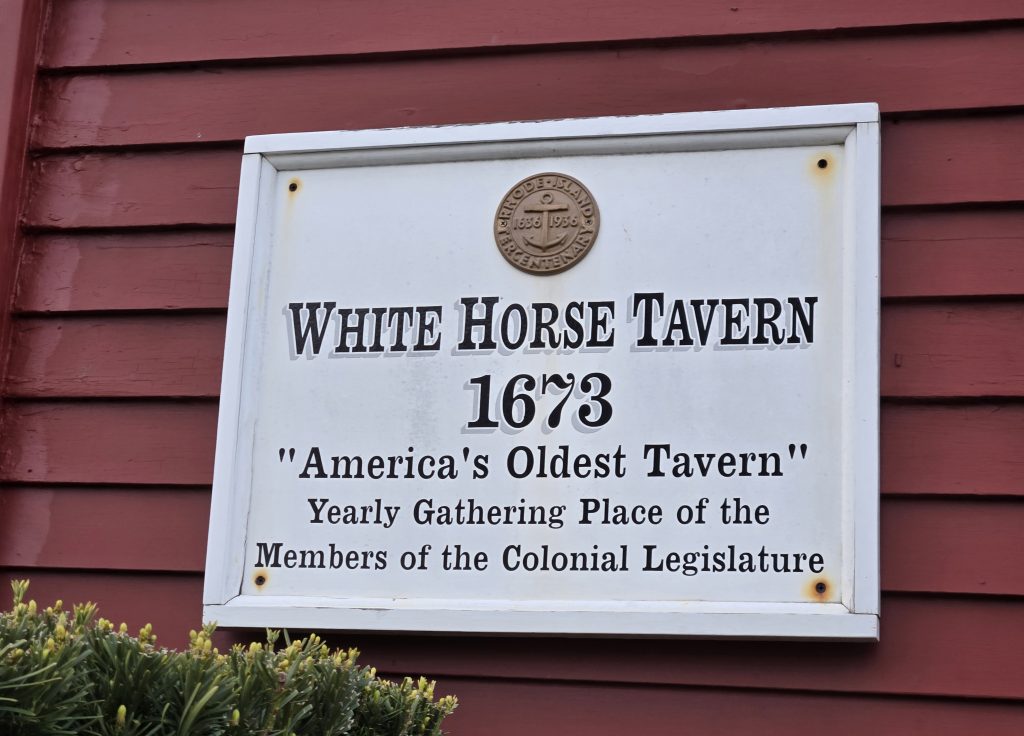
During the Pandemic of 2020, as my wife was approaching retirement, we bought a brand-new car. Since then, we have driven across all 48 contiguous states, some multiple times. We crossed the border into Delaware, the 48th state, just before the car turned over 100,000 miles.
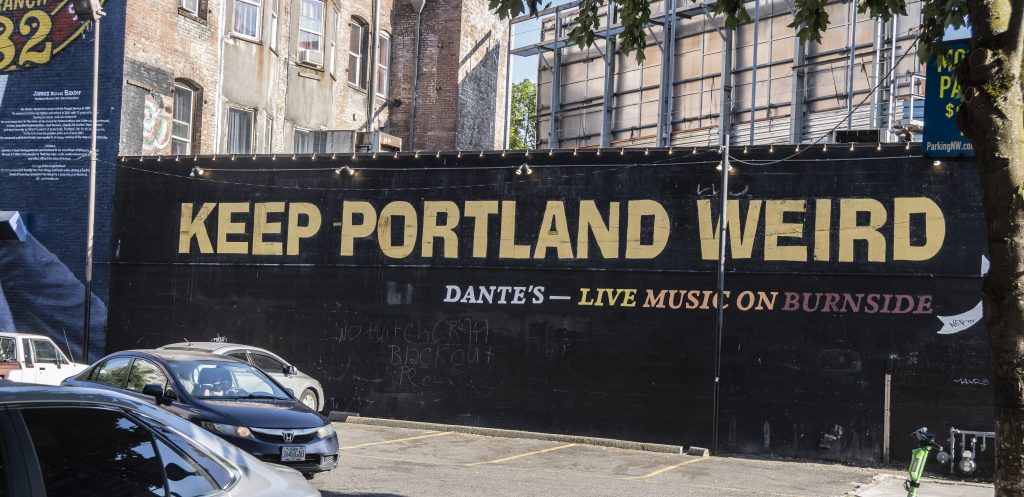
Naturally we have a few observations about this country. First, the country is wide open. There are miles and miles of seemingly pristine empty spaces, fields of crops tended by hard-working farmers, and beautiful vistas with big sky. The country looks like it could easily support several times the number of people we have now. In fact, the population has more than doubled in my lifetime, with a lot of the new growth coming from immigrants from many foreign countries. We have always been a country of immigrants longing for a better life and will continue to grow and prosper unless immigration by new people is ended. In our view, the country would suffer a fatal blow if that became the norm..
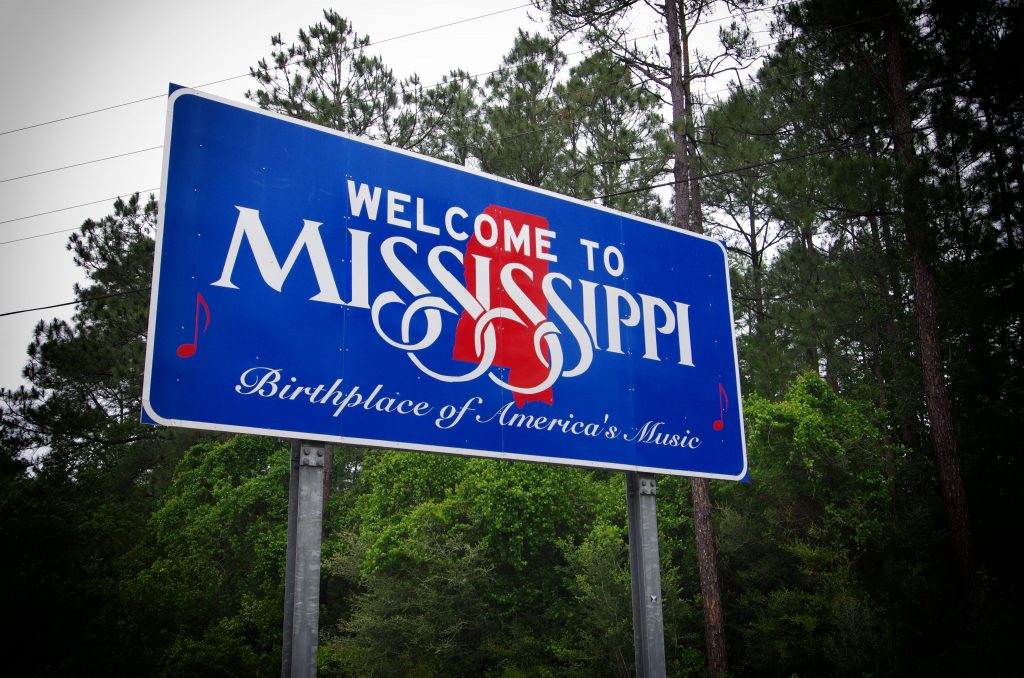
The varied cultures, traditions and cuisine brings such depth to our country. There are wonderful people everywhere, and each have an interesting story to tell if we take the time to talk with them.
There is not a single state that is not beautiful in its own way. From the Mississippi Delta to Harvard Square in Massachusetts, from Portland, Oregon to Amelia Island, Florida, it is a wonderful country, and we have seen a lot of it.
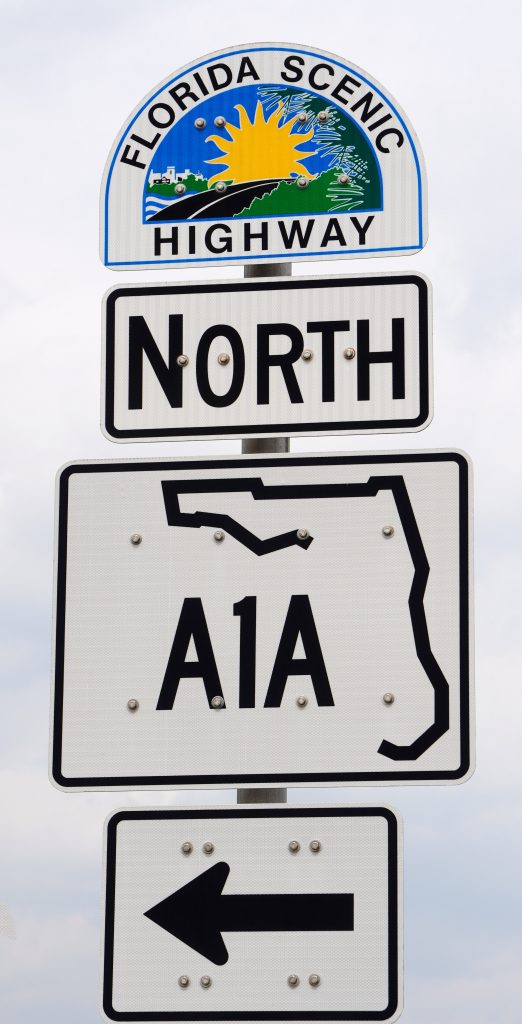
We have visited dozens of museums as well as state and national parks. We have eaten in the oldest restaurant in the United States and the oldest restaurant in many states. We have stayed in 300-year-old hotels and brand-new ones, and they all have something to offer. We probably have enough stories to last the rest of our lives.
It is always gratifying to enter a town that offers public art and murals, museums, with neat and tidy houses, lawns, and streets. This doesn’t happen by accident; the community is likely led by hopeful and progressive individuals with pride in their history and a view to the future. In other towns, streets and buildings are crumbling, there is debris in the yards, and we don’t bother looking there for an art gallery or coffeehouse. It’s sad to see a town that is no longer growing or maintaining what it has, and we talk about what could be done to begin the revitalization of the community.
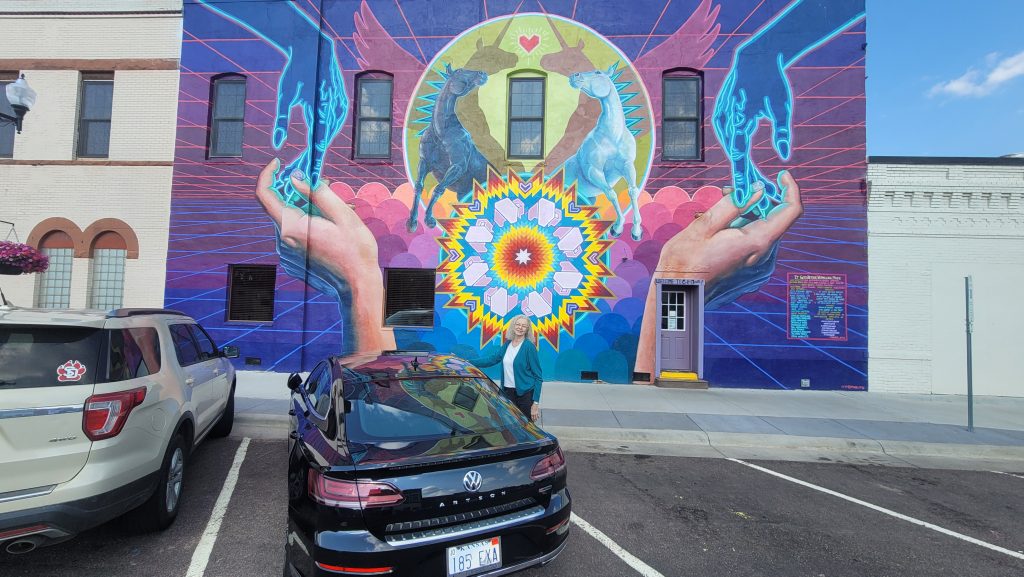
We encourage everyone to get in their car and see the USA. You just can’t see very much from 33,000 feet up.
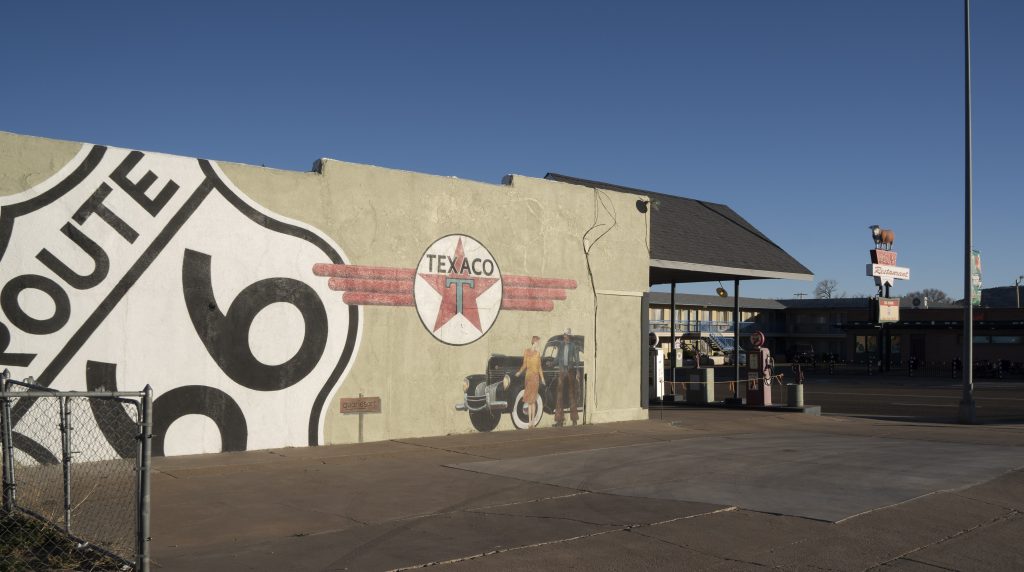
Automobiles
I got my first car when I was 15. It was an Emerald Green 1952 Pontiac Catalina 2-door Hardtop. This was in 1962 and it had 52,000 miles on it. This was pretty old and high mileage for the time, but I loved it. Since it had a six-volt electrical system and we were still using 30 weight oil, it was hard to start on cold days. After driving it for about a year I met an oncoming car on a hill taking its half out of the middle and I quickly swerved, rolled my beautiful car, totaling it. I had a whole new appreciation for how easy it is to be in an accident. Amazingly, neither I nor my passenger were seriously injured because I had added seat belts even before they were required or even thought of by most people. I’ve relived those seconds of being on my top in slow motion many times and I firmly believe now that the basic problem was the suspension. A modern car with a good suspension would not have flipped under the same circumstances.
Since then, I have owned 37 cars, 15 of those we bought new and 22 were used. The new car purchases were all a good experience, the used car purchases not so much. I have a spreadsheet with all of the prices and details, including the cost adjusted for inflation in today’s dollars. It makes for interesting reading and gives me a pretty good idea of cars in the past 60 years. The later cars are a lot better value. I am convinced we get better cars for the money now than even 20 years ago.
When I was in college in the last half of the 1960’s, it was 212 miles from my parent’s house to Kansas State University in Manhattan. Since my car was typical for the time, it got 12 MPG and had an 18-gallon fuel tank giving a maximum range of 216 miles; I always stopped for gas about halfway home. If I didn’t have to fix a flat, have a fan belt replaced, or have new brushes put in the generator on the way, I considered it a good trip.
I drove a few muscle cars when they were current. Even though they seemed fast for the time, they had poor handling and inferior brakes by today’s standards.
As soon as I could afford it, I resolved to never have an unreliable car again. The first vehicle that I bought new was a 1971 Ford F-100 pickup. I bought it primarily because Ford trucks had a reputation for reliability, and I knew I never wanted to be stranded again. I drove it over 100,000 miles in three years traveling over 1,000 miles a week playing music, and then commuting from Manhattan to Kansas City to work after I married.
I have owned a few interesting cars over the years, but we now have just one car, a late model car we bought new that is a great “road trip” vehicle. Our current car will go 600 miles on a tank of gas, and it has not required an emergency repair on the road since it was purchased. Of course, the regular excellent dealer service must be acknowledged! It has the bells and whistles that make the journey a joy.
To me a car should be not only a dependable means of transportation, but a pleasure to drive and a beautiful thing to see. Jay Leno says that if you can walk away from your car and not look back for a glance that makes you happy, you bought the wrong car. I couldn’t agree more.
Luxury Travel
I remember as a kid, going to pick up relatives at the airport. I vividly remember my Aunt Leota coming down the stairs that had been rolled up to the door of the TWA Constellation, having just flown in from California. Air travelers were usually wealthy and well-dressed. Getting on an airplane was clearly the “only way to go” for those who could afford it.
My family traveled a lot, but it was always piling into a series of big Pontiacs and heading down the highway. We stopped at rest stops along the highway to eat our picnic lunches to save money where we could. Buying airline tickets for 4 or 5 people was out of the question.
A few years later I made my first commercial airline flight. It was on TWA, but it was now the jet age, and the plane was a 707. Within a few years, security measures began appearing. Air travelers were now herded down ramps that looked like cattle chutes to be subjected to indignities such as removing their shoes, bag searches, being scanned with wands and being questioned about travel plans.
At about the same time, airlines became more competitive and started making the seats smaller and jamming them closer together to get more people on the plane. The ticket prices were now lower, but the level of creature comfort also dropped.
Airline travelers are no longer the jetsetters who could afford the luxury of near instant transportation. Air travel is more likely to be a businessperson who must go to a meeting and be back in the office tomorrow, for another meeting. The waiting area of airport gates is not the place to see the latest fashion trend; casual comfort is now the rule. News reporting reveals that the attitude of air travelers has degenerated along with the service.
As far as I am concerned, the way I am able to travel in luxury has now flipped. The new luxury form of travel is getting into my own spacious car and hitting the road. Being able to stop where and when we want, eat what we want, and meeting interesting people along the way, now appears to be reserved for those who can afford the time to really enjoy the trip.
Travel articles found in our favorite travel destination magazines now include information about things like the passenger’s rights when the flight is cancelled or how to deal with getting searched at security points. I see very few about the joys of stopping at local coffee shops or enjoying roadside art along the way from local merchants.
Because so many recent flights have been cancelled or delayed, I have heard it recommended numerous times that if I really need to be somewhere at a certain time, I should schedule my flight to be one day earlier. That may relieve some stress to be at the ship before it launches or at our niece’s wedding before she comes down the aisle, but it also adds to the cost of the trip. One extra night of hotel, meals, and possibly another day to rent the car needed to get around. If there is more than one person going on the trip, the cost to drive may end up being less than airline ticket costs.
If I have limited time, or there are few choices, like trying to get to Hawaii or Paris, I know I may be stuck getting on a plane. If I really want to enjoy the trip and have the time, I will just get a travel glass full of iced tea and jump in the car.
Get out of Town
There is an old saying in photography, “If you want your photographs to be more interesting, start by standing in front of something more interesting.” Ansel Adams refined this statement when he said, “The secret of great photography is knowing where to stand.” This is skill I think I’ve learned from years of travelling looking at photographs, art, and interesting things.
My wife and I have been together more than 51 years and travel has been a major feature in our relationship. We mark life’s landmarks by trips: the first West Coast Road Trip (1973), the first time we went to London (1978), or the first time we visited Paris (1983.)
Some things are what I would call “Bucket List” trips, the things that everybody really should do at least once, like the Indy 500 or the Pasadena Rose Parade. Other places are so compelling that we must keep going back. For us that is mainly cities due to the wide array of wonderful sites to see. We love London and Paris, but also New York, Chicago, and Los Angeles. A year does not feel complete without at least one trip to Colorado. We have been to Colorado dozens of times and always find something new to enjoy.
Agreeing to travel may have been in our wedding vows, but I am sure that what originally brought us together was our common love of hitting the road to see what we can see. Like most people, we have to use our resources for important items. We learned that we do not require the most luxurious lodging to have a great place to rest and the local grocery deli can give us a fine lunch on a small budget. We have made travel a financial priority over the many other ways we can spend our money.
I see gloomy Facebook posts and even pessimistic politicians talk about how bad things are or how terrible a certain place is. I also read the bubbly optimism of travel magazines and tourist marketing. To know the truth, we have to go see for ourselves. The traffic isn’t that bad in Southern California, and we have found New Yorkers as friendly and real as anywhere else we have visited.
Some years we have averaged a trip a month, other years maybe only three or four for the entire year. With those averages, we have probably taken about 500 trips together, about 90% of those have been by car. We have learned that both the time of the year and the time of day are important. We have gone for hours in Yellowstone National Park without seeing another soul; it was in January on snowmobiles. We have walked around the Louvre in Paris practically by ourselves. It was early in the morning as soon as the museum doors opened. We have been the first people through the gates when museums and sites open more times than I can count.
As a photographer, I am always watching for great photographs, but the main purpose of travel is to broaden our understanding of the world. To be able to see how other people live gives us a better understanding of how they see things and what is important to them. I am constantly amazed at the wonderful people making great art, wonderful food, or just working to make the world a more beautiful place.
As Mark Twain said, “Travel is fatal to prejudice, bigotry, and narrow-mindedness, and many of our people need it sorely on these accounts. Broad, wholesome, charitable views of men and things cannot be acquired by vegetating in one little corner of the earth all one’s lifetime.”
Mirrorless Cameras
I am often asked for advice on buying a new camera. My first question is what kind of pictures they want to make…sports, landscape, wild-life, portraits, travel, etc. Each will have slightly different requirements.
The follow up question I hear is often, “What’s a mirrorless camera?” As the name implies, a mirrorless camera has no mirror, but that is not a very good description. A better name would be “Electronic viewfinder” or EVF. There are actually two types of high performance cameras, DSLR and mirrorless. Much better names would be “Optical viewfinder” and “Electronic Viewfinder.”
A single-lens-reflex (SLR) or digital single-lens-reflex (DSLR) uses a series of lenses and a mirror to allow the photographer to see directly through the taking lens allowing us to see exactly what we are going to get. When the shutter is released the mirror flips out of the way to make the exposure, on either the film or an electronic sensor. This was the ideal system for about a century.
Now that we have advanced electronics, it is possible to use a small LCD screen with a magnifier lens to see what the sensor is seeing. There is no need for a mirror. EVF cameras have no moving parts and thus can be smaller, faster, and quite likely more reliable. Because the camera bodies can be thinner, better lenses can be designed.
Many people are used to the DSLR system and find it a well-developed and great way of seeing the image. Other people see the advantages of the all electronic cameras with electronic viewfinders. Both systems work fine but it seems like most of the newer cameras and more advanced cameras are going to the mirrorless EVF layout.
If I were buying a brand new camera in the over $1,000 price range, I would definitely go with a mirrorless camera, but because the mirrorless cameras don’t have to have room for the mirror they can be made thinner meaning the older lens won’t work. That can be a deal breaker for those that have several lenses designed for DSLR cameras.
Traditionally cameras have been classified by the type of viewfinder they have. Through the years we have had view cameras where we look through the back of the camera, TLR or twin-lens-reflex which use two lenses and a mirror, SLR or single-lens-reflex, viewfinder cameras with a separate glass window, and now the newest EVF or mirrorless with a digital LCD viewfinder. Smart phones use the standard screen as the camera viewfinder. The lack of an easy to see viewfinder is the best argument for moving up to a traditional camera. Mirrorless cameras are just the latest way to help photographers visualize the image before they push the button.
Wheels

So, you are ready to hit the road. You need a set of wheels. Should you rent an RV, or rent a car? If you buy a new car, what should you get? We have been through these questions lots of times and have settled on some solutions that work best for us to the many options that are available.
If you are really looking forward to driving a bus or pulling a 30-foot trailer behind your Heavy Duty Pickup, be our guest. We see hundreds of them moving on the highways and parked at RV Parks, so many people find this to be the way they want to travel and see the country. Every time we have run the numbers, they make less sense each time. The cost of camp sites, gasoline, and even storage when not in use, make such major purchases untenable for us.
Many articles suggest renting a car for travel and saving your family car for something else, whatever that other thing is. The only time I have seriously doubted that I would make it up a steep Colorado mountain road due to lack of power was in a rental car. It was a Chrysler minivan. Our personal car would maintain the speed limit on the same hill with the cruise control without shifting out of high gear. It was an Oldsmobile 98 that we left in our garage, thinking the van would have more space for our ski gear. The only time I have had to get up three times in the middle of the night to start a car so it would still be warm enough to start the next morning was a rental. If you are music fans as we are, be aware that a rental car will probably not have satellite radio or a CD player, both essentials for us to really enjoy a long road trip. Very few rental cars will have an upgraded sound system. Rentals are almost always the lowest trim level with the least powerful engines.
We have found that it works best for us to buy a car that we can’t wait to spend some time in. That will likely mean a premium sound system, satellite radio, and several sources of music, including a CD player and a hard drive loaded with our favorite tunes.
Everybody is buying SUVs. Is that what I need? Maybe, probably not. We have had three. They were all fine, but driving pleasure is not a leading characteristic of an SUV. If we are planning on driving 3,000 miles in two weeks, which we do several times a year, an SUV would not be my first choice for creature comfort on the open road or agility in city centers and their parking garages.
For pure driving pleasure on long trips, for a vehicle that wants to go and take you with it, a medium to large sedan is unbeatable. The high end of this category would be an E-class Mercedes Benz. The low end would be something similar to a Honda Accord or Chevrolet Malibu. This class of cars is shrinking, possibly because fewer people are taking long road trips, or possibly just a fashion trend. But there are still plenty of good choices in the medium price field from Lexus, Genesis, BMW, Volkswagen, and others.
Pay attention to trunk space. One of the first things we do when shopping for a car is open the trunk. There are a lot of differences in lift height, accessibility, and overall space. Volkswagen Arteons and BMW 4-series are both four-door hatchbacks with large easily accessible trunk spaces.
Should I buy a used car or a brand new one? We have owned 38 cars, about half we bought new, and half used. In the long run there is not much difference. With a few exceptions, we have had better experiences with the cars we have bought new. This is possibly because we could get exactly what we wanted by ordering one new, but more likely because they were treated well and maintained from the first day. Certified Pre-owned (CPO) from a new car dealer is a good compromise between new or used.
Another argument for buying a brand-new car is how fast cars are improving. Jay Leno said that cars have improved more in the past ten years than in the previous one hundred years. Considering safety features, reliability, handling, comfort, and fuel economy, this is probably true. Cars just keep getting better every year. As I am writing this in 2022, electric vehicles are not ready for long distance trips, due to limited range and long charge times, but this could change any year now. Don’t write off EVs yet because of their obvious shortcomings today.
Whichever way you go, make sure the car is freshly serviced, you have a newish battery and decent tires, and you will be ready to hit the road.
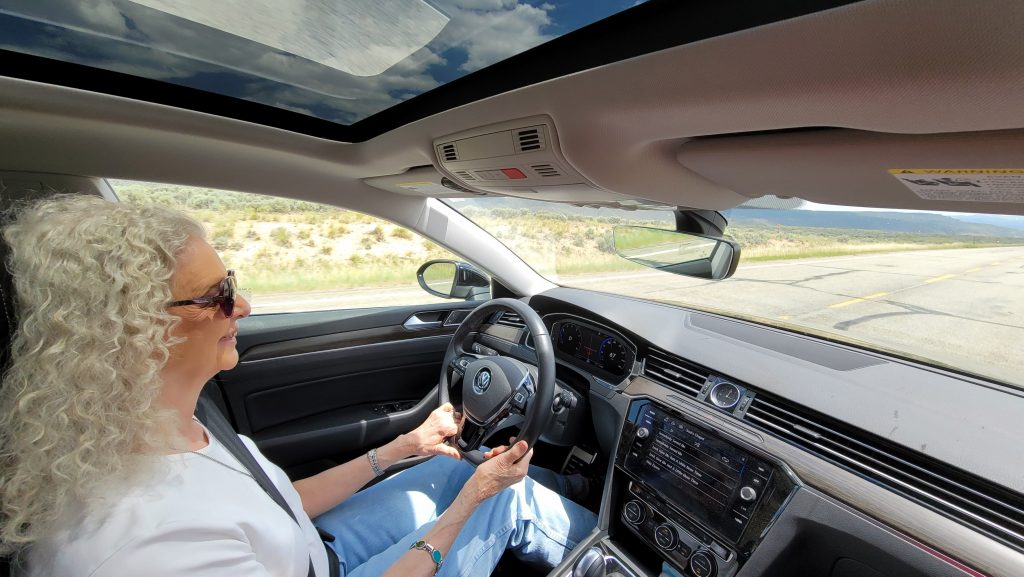
Road Trips
In the few years before my wife and I were married, I spent most of my time on the road playing bass in a blues band. Soon after we started dating some friends asked me to help them move to Boulder, Colorado. They asked me because I had a truck, and I knew how to back a trailer. Being imminently familiar with I-70 may have been a factor as well. Louise decided to ride along, and we soon determined that driving down the highway, talking and listening to music was one of our favorite things to do together.
The next year after we were married, we did a West Coast tour to Los Angeles, up the Pacific Coast Highway to San Francisco and back to Kansas City. The longest leg was the twenty-hour drive from Las Vegas to Kansas City. In our fifty years of marriage, road trips have been a constant source of pleasure. A typical trip is about 3,000 miles.
I have owned 37 cars so far in my life, not counting the junkers from my youth or college days; my wife and I together have bought 23 cars that we purchased especially for road trips. The criteria are power and handling, noise level, and comfortable seats. AC and a good stereo are a given.
We are always on the road or planning the next trip. The pandemic year caused us to settle for weekend or day trips like to St Louis, Tulsa, or Manhattan, but as soon as we got vaccinated in March, we got out the map and started resurrecting plans and making new ones. If all goes well, we will have done three major road trips this year while still working full-time.
The only concern is that some travel may be curtailed for the simple reason that not enough people have been vaccinated or doing what is needed to stay well, which we didn’t expect six months ago when the safe and highly effective vaccine became available to everyone and face coverings became the norm.
Assuming enough people roll up their sleeves soon, we will be back on the road enjoying our “Golden Years” just like we have the past fifty.
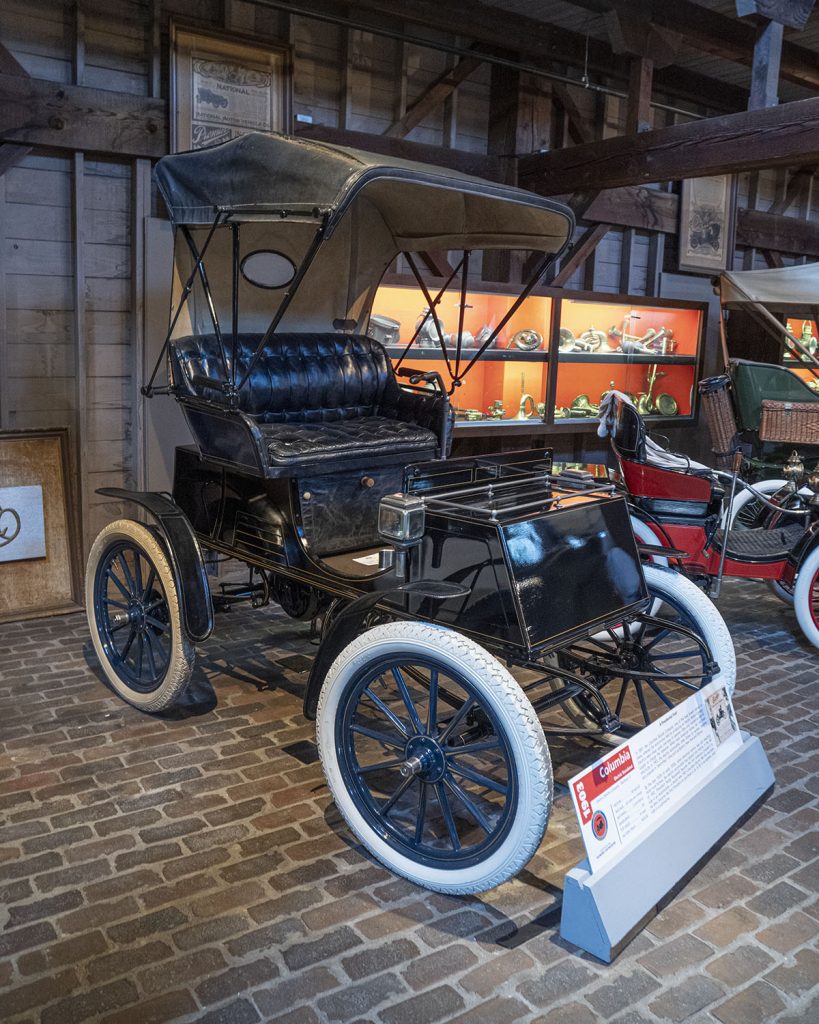
Three Types of Locomotion
At the beginning of the automobile age, there were three competing systems of powering cars: steam, electricity, and gasoline. Each had advantages and disadvantages. Steam was powerful and quiet but complicated to get going; gas engines were hard to start, noisy, and finicky; and electric cars were easy to start, quiet, but had limited range taking a long time to recharge.
Steam soon lost support and electric cars fell out of favor as roads improved and more people began to make inter-city trips where the limited range of the batteries proved to be a big obstacle.
As time passed, gasoline-powered cars got more reliable, gained electric starters, automatic transmissions, and eventually near zero emissions. Today, modern cars are as easy to drive and reliable as electric cars. Considering that much of our electricity comes from coal-burning power plants, the pollution question is open for debate. More wind and solar power will make EV cars more environmentally friendly. In my state of Kansas, we have some of the highest percentages of wind generated electricity anywhere, but a large amount of our electricity still comes from coal.
The big drawback to electric vehicles is still the same as it was 120 years ago, limited range and long recharge times, certainly compared to gasoline powered cars. Improvements have been made but, so far, no major breakthroughs on either count. We could drive about the same number of hours in a 1903 Columbia electric as we can in a 2021 Tesla, and recharging times are about the same. Manufacturers and proponents of EVs are definitely working on these issues, but progress is surprisingly slow.
My wife and I just returned from a 2700-mile road trip and 725 miles of it was in one day. A few months ago, we took 2500-mile trip. None of the hotels we stayed at had EV recharging stations and on the last trip, we only saw one recharge station and it was not accessible because the parking lot it was in was being resurfaced. On our previous trip we saw more recharge stations, but most were being used. There was typically a three hour wait for a charger. With a typical practical range of less than 200 miles at highway speed with the heater or AC running, neither trip would have been possible in an EV.
For commuters who can recharge their cars at home every night, or delivery services that have their own chargers at a home base, EV can be a good choice. The next time I buy a new car I buy I will definitely look at EVs, but with current technology and the way I drive, an electric vehicle would be totally unusable for me today. It may be necessary to think outside our normal methods to strategies such as batteries that can charge from a power grid within the highway as we drive over it or by utilizing solar in some way to charge the batteries whether we’re plugged to a power source or not. But for those who like to drive at night that would not be feasible. These big challenges require innovation and creativity; it will be exciting to see how the automotive industry rises to meet the future.
The Perfect Electric Vehicle?
Waiting for the Perfect Electric Car
As a bonafide “car guy,” I decided to weigh in on the electric vehicle debate. The government’s most recent target is for 52% of the new car sales to be electric vehicles by the year 2030, powered by electricity using batteries. For a large number of uses, this may be a good idea. If the vehicle is used for short distances, such as a commuter or delivery vehicle, EVs might be a great choice.
School buses, postal trucks, delivery trucks, and taxis are the obvious candidates. Any vehicle that can be returned each night to a central charging station would be a good application for electric powered vehicles. If a person drives only to work or shopping and can park their car in a place every evening where there is access to a permanent charger, they are an obvious candidate for an electric car. If a family vacation always starts with a drive to the airport, an EV may work just fine.
Many people and many applications fall under these categories, and I think these are the users that EVs are suited for. This could easily be over half the vehicles on the road.
If one’s living situation requires parking on the street or in a public garage or parking lot, an EV vehicle may not be a good choice, unless the vehicle’s battery can be charged during the day at work or some similar arrangement. However, if a person often, or even occasionally, drives long distances of more than two hundred miles at a time, a gasoline powered vehicle certainly appears to be a better choice.
Last year my wife and I enjoyed three road trips of over 3,000 miles each, one of those was over 4,000 miles. We also took a number of weekend trips of few hundred miles each that did not always include towns large enough to have a charging station. It would have been virtually impossible to make any of those trips with an EV without dramatically changing our routes and time schedule. With an EV, any trip of more than a few hundred miles consists of driving from one charging station to the next and waiting, perhaps hours, for a recharge.
At this time most electric vehicles have a range of around 200 miles. This is, of course, under optimum conditions; the heater, AC, or even charging a phone reduces that range. Just as a driver wouldn’t drive a gasoline car until they ran completely out of gas, it wouldn’t work well to run the battery completely down on an electric car. Long charge times or even waiting for a charger to become available at a public charging station must also be considered on any long drive.
Environmentally speaking, EVs transfer the burden of controlling emissions to the power companies. Burning coal or natural gas to produce electricity for electric cars isn’t necessarily an improvement over burning gasoline in the car. EVs really make environmental sense when the electricity comes from wind, solar, or some other renewable non-polluting source. We cannot talk about EVs improving the environment if we continue to get the electricity to power them from burning coal.
It’s a surprise for many people to learn that in the early days of the automobile, at the turn of the 20th century, about half the cars were battery powered and half were gas. The downfall of the electric cars was short range and long charging times. Both of these challenges are yet to be solved. The nail in the coffin of those early electric cars was highways that allowed for inter-city trips and electric starters on gasoline cars that made them easier to drive.
My pattern is to own a car until it is ten years old before trading it in for a new model. When 52% of the new car sales are to be Electric Vehicles in 2030, I’ll be looking for a replacement for my 2020. I see a bright future for battery powered cars for many applications, and I’ll be trying to find the perfect one for me at that time.
